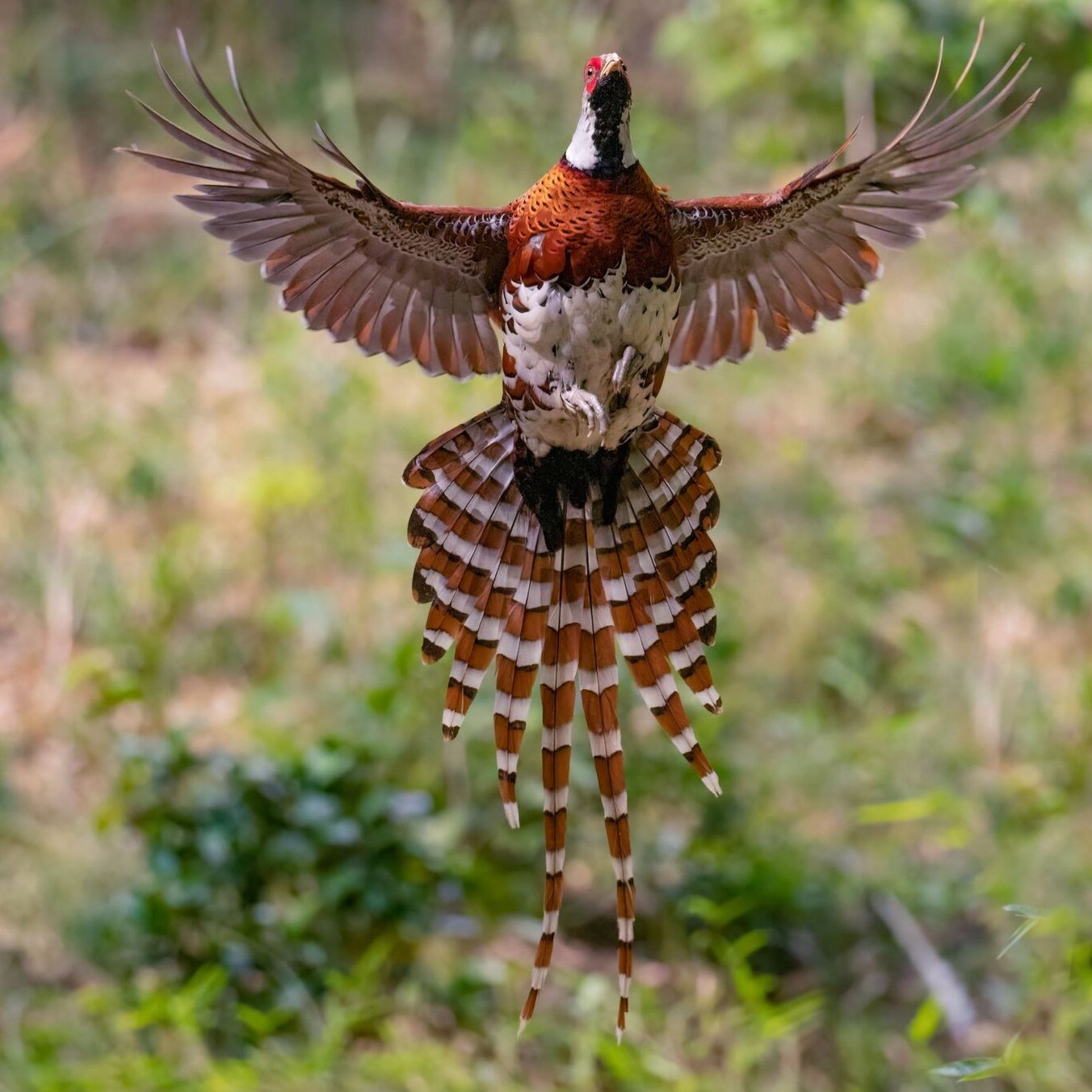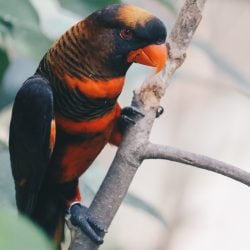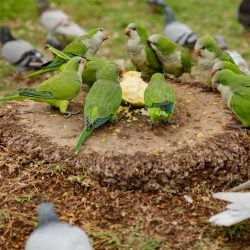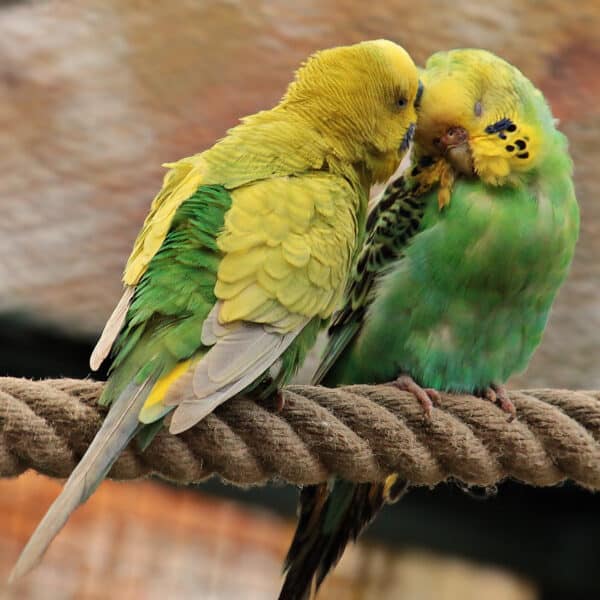
How Can Animals Adapt to Environments Affected by Human Activities?
Last Updated on by Mitch Rezman
This study looks at how different species of birds live and breed in areas that humans have changed in Inner Mongolia, China.
It focuses on six bird species often found together in the same area.
These birds, like sparrows, larks, and magpies, show how animals can adapt to environments that are affected by human activities, like farming and construction.
Key Points:
- Human changes to habitats: When natural areas (like grasslands) are changed by humans into farms or cities, it affects how animals live there. These changes can make it harder for some animals to survive, but others may adapt and find new ways to live in these areas.
- Birds adapting to different environments: Some birds, like the Eurasian Skylark and Mongolian Lark, prefer larger, connected grassland areas. Other birds, like the Tree Sparrow and Barn Swallow, do better in smaller, broken-up habitats. The study found that birds who can live in a wider range of environments (called “generalists”) often use more resources than birds who only live in one specific type of environment (called “specialists”).
- Birds living together: Even though these six bird species sometimes live in the same places, they don’t always compete for resources. They find ways to share space, such as eating at different times or using different parts of the habitat. Some birds are better at adapting to changes and can live in many different environments, while others are very specific about where they live.
What the study tells us:
- Importance of protecting habitats: If we want to help keep bird populations healthy, it’s important to protect natural habitats like grasslands. Changing the landscape too much can hurt the birds that need these areas.
- Generalists vs. specialists: Birds that can live in many different kinds of habitats might be more common, but specialists—birds that need very specific environments—are disappearing faster. Protecting both kinds of species requires different strategies.
Why it matters:
This research is important because it helps us understand how birds can adapt to changes caused by humans. By studying these birds, we can learn how to make our environments more bird-friendly, whether in farming areas or cities, to make sure that different species of birds can continue to live and breed there.
Studying Birds and Their Habitats
In this study, we looked at how different birds live in certain areas by using a tool called Generalized Additive Models (GAMs).
This is a way to look at patterns in the environment, like how animals use different habitats, and it’s better than older methods because it can handle complex relationships between animals and their surroundings. We used this method to look at six different bird species in Inner Mongolia, China.
What Are Habitat Gradients?
A “habitat gradient” means the different types of environments you can find in an area. For example, some places might have lots of trees, while others might have more grass or bare soil.
We looked at these changes in the habitat to see how they affected the birds. The birds we studied are found in both natural and human-made areas, so we wanted to see which habitats they prefer or avoid.
What Is Spatial Autocorrelation?
When animals are spread out in a certain area, they often aren’t placed randomly. Instead, animals that live near each other might share similar habitats. This is called “spatial autocorrelation.”
If we don’t consider this when studying the birds, it can mess up our results. So, we carefully looked at the distances between bird sightings to avoid making mistakes. We then adjusted our models to make sure they took this into account.
How We Analyzed the Data
We used a tool called “GAM” to look at how each species responded to changes in the habitat. The model showed us which habitat features were most important for each bird.
For example, some birds, like the Mongolian Lark, prefer areas with lots of grass, while others, like the Eurasian Skylark, like more open ground. The model helped us see how different species reacted to these habitat changes.
The Results: Which Birds Live Where?
We found a total of 1,336 places where birds were found. Some birds, like the Tree Sparrow, were very common, showing up at more than half of the sites, while others, like the Mongolian Lark, were less common.
We looked at how the birds reacted to three main habitat features: the amount of grass, the amount of bare ground, and how fragmented the land was. Some birds, like the Barn Swallow, seemed to avoid areas with poor habitats, while others, like the Eurasian Skylark, preferred areas with more grass.
Niche Size and Overlap
A “niche” is like a bird’s special place in nature, where it can find food, shelter, and everything it needs to survive. Some birds, like the Eurasian Magpie, have a large niche, meaning they can live in many different places, while others, like the Mongolian Lark, need very specific habitats. We looked at how much the niches of these birds overlapped to see how much they compete for resources. The Mongolian Lark, for example, had a very high chance of being found in the areas that other birds like the Tree Sparrow also use.
What Does This Mean for Conservation?
This study helps us understand how different birds use the land in Inner Mongolia. Some birds are very adaptable and can live in lots of different places, while others need very specific habitats. By understanding these needs, conservationists can work to protect the right kind of land to help these birds survive. If birds have very similar needs, they might compete for space, so it’s important to make sure there’s enough room for everyone.
Conclusion
Overall, this study shows that birds have different preferences for where they live, and some are better at adapting to changes than others. By looking at how birds share habitats, we can help protect their environments and make sure they can continue to thrive.
This version simplifies the complex ideas and focuses on the key concepts, making it easier for a younger audience to follow! Let me know if you’d like to simplify any parts even further.
Written by Mitch Rezman and the Windy City Parrot Content Team
Author Profile
Latest entries
 The Traveling BirdJune 26, 2025Can You Name 5 Parrot Species That Are Living Wild in the USA?
The Traveling BirdJune 26, 2025Can You Name 5 Parrot Species That Are Living Wild in the USA? Bird BehaviorJune 26, 2025How is it Parrots Are Problem Solvers Social Animals and Even Use Tools?
Bird BehaviorJune 26, 2025How is it Parrots Are Problem Solvers Social Animals and Even Use Tools? Bird & Parrot AnatomyJune 25, 2025How a Tiny Chemical Modification Makes Parrots Nature’s Living Paintings
Bird & Parrot AnatomyJune 25, 2025How a Tiny Chemical Modification Makes Parrots Nature’s Living Paintings PigeonsJune 20, 2025How Do Parrots Thrive in Cities Outside Their Native Habitats?
PigeonsJune 20, 2025How Do Parrots Thrive in Cities Outside Their Native Habitats?


